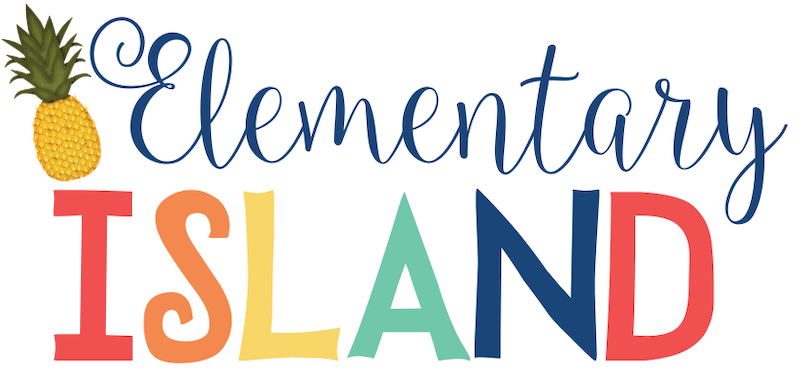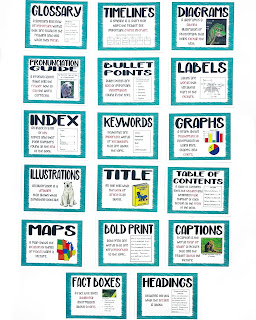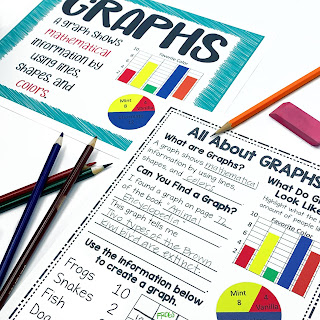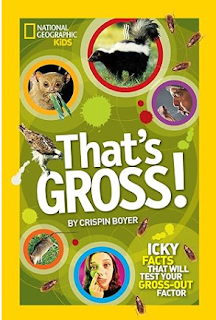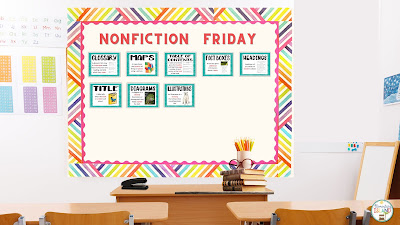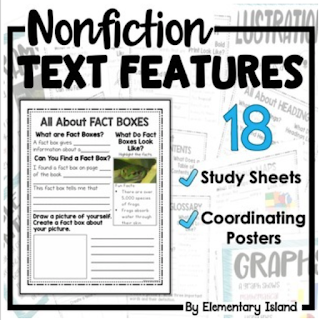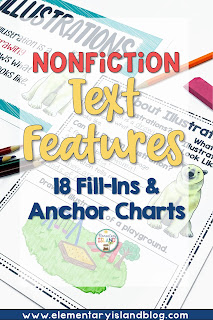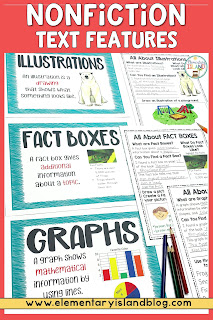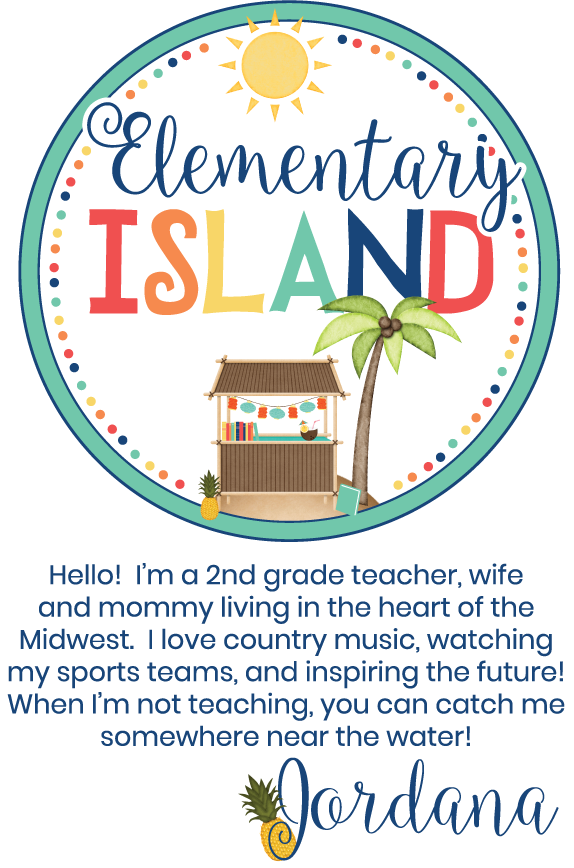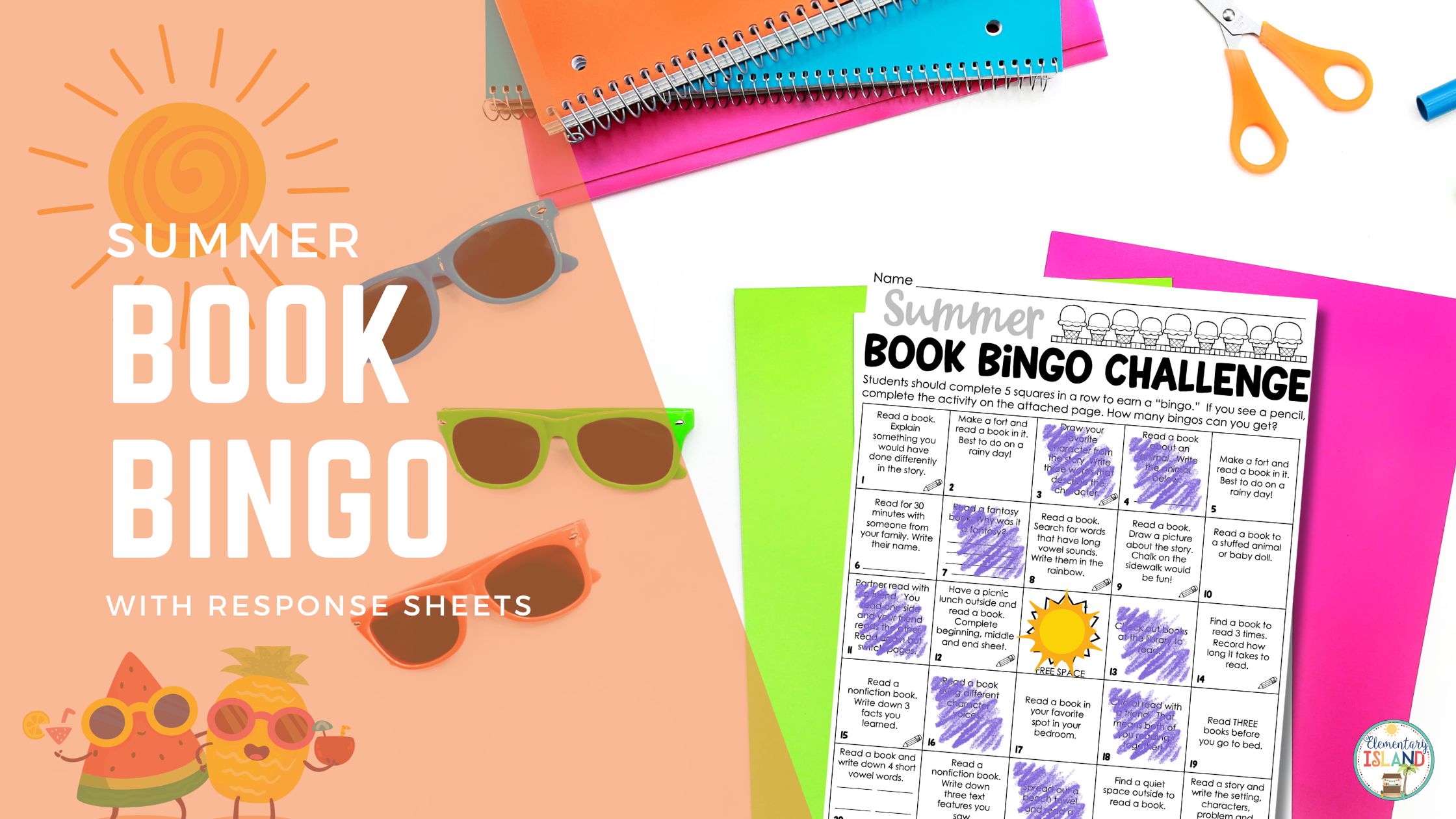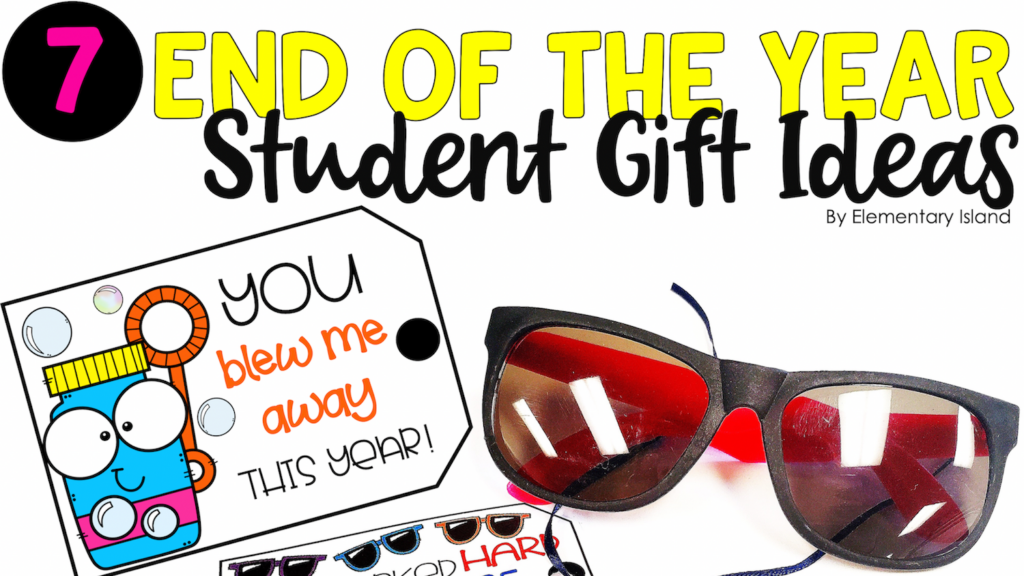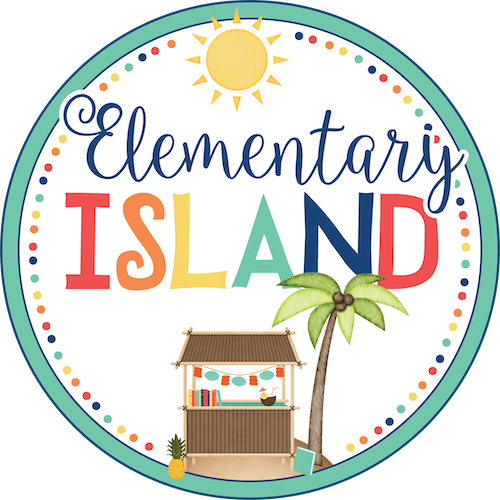Nonfiction text features are an important part of reading and understanding nonfiction text. However, young readers often don’t know what to do with them, especially struggling readers. They tend to read the text in paragraph style and ignore the rest. It’s up to us to help students learn to use these valuable tools when reading nonfiction. Non-fiction texts can seem overwhelming, but once students understand the important information that they provide for comprehension, young students will understand the importance of text features and how they help in understanding nonfiction text.
What Are Text Features?
Text Features are special parts of a text that are designed to help the reader better understand what they are reading or provide additional information to the reader. Text features are a key part of nonfiction texts. Text features help to organize a text into “chunks.” Titles and headings help the reader to understand what the following paragraphs will be about. Graphics and captions are visual supports to help the reader understand some vocabulary context surrounding the topic. Some other main text features include diagrams, table of contents, bold words, and bullet points. But there are many others too!
As teachers, we know that nonfiction text can often be overwhelming to a reader. They are taught to read cover to cover and left to right during their exposure to fiction book stories. What I love about nonfiction reading is giving students permission to read their favorite sections first, there is no order, but keeping in mind, all needs to be read for comprehension. For some reason this “permission” helps your struggling readers feel more confident about getting through a nonfiction piece.

YES, please send me these AWESOME Nonfiction Organizers
To avoid this email going to spam, you may want to sign-up using a non-school email account.
By providing your email, you are accepting future emails from Elementary Island. I promise to never sell your email or spam you!
Thank you!
Keep an eye on your inbox for a confirmation email from me 🙂
Don’t forget to check your spam folder and drag me to your inbox or add me to your contact list so you don’t miss out on all the goodies I’ll be sending over the next few weeks!
Teaching About Text Features
Teaching text features must be addressed in the classroom. Teachers sometimes feel that text features are basic and do not need explicit instruction. I would argue that of those that teachers feel are “basic” are the ones that students see in their reading often. This proves that text features must be taught and practiced for students to fully understand text features and their importance.
One of my favorite ways to teach about nonfiction text features is to do so naturally, as they appear in class textbooks and readings – these are real examples to students since they use these books every day and often where the practice comes from with the “basic” text features. Go through your school’s text books and use sticky notes to document when you can teach each of these various text features. By introducing text features one at a time as they arise in the classroom, through social studies or science books, students have an immediate connection and can see the value in a real life example.
Once you have documented what you can teach within your school’s resources, I like to blend in other great resources like National Geographic books or other real nonfiction books to my direct instruction.
Now there are many text features. Depending on the age of your students, you may focus on 4-5 specific features for the year, and that’s ok. Readers of all ages should be exposed to different types of text features, but focused lesson plans for every text feature does not need to be a goal for younger students. Again, choose ones that will be seen within their every day classroom reading and add a few other important ones from outside works.
A Nonfiction Text-Features Lesson
Text features that we do not come across in our school curriculum, I will put together a quick 10 minute specific nonfiction text features mini-lesson. We would do this lesson on Fridays. Since students were always engaged and excited about all the different text features, we started calling this day Nonfiction Fridays and created a bulletin board with the poster anchor charts!
As I prepare for the week, I choose an anchor text that shows the text feature in an easy to understand format, recording the book and page number so that I can refer to it later in the year or the following year. Now, I don’t pull from any anchor text, I want to hook these students! I pull examples from anything disgusting, gross, or interesting….lol I kid you not, total buy-in and students will be asking for more nonfiction days! PRESENT THE INFORMATION IN A FUN WAY!
Here are a few examples of non-fiction books I like to use:
-
That’s Gross!: Icky Facts That Will Test Your Gross-Out Factor (National Geographic Kids)
-
Weird But True Gross: 300 Slimy, Sticky, and Smelly Facts
-
National Geographic Readers: Cheetahs
-
Weird But True World 2024
-
That’s Fact-tastic!: Mind-blowing, Eye-popping, Jaw-dropping Stuff About Our World (Bet You Didn’t Know)
Basically, anything National Geographic is ah-maz-ing! The pictures are beautiful, vibrant and huge and they showcase so many text features throughout. I put the type of text feature on the projector for all to see and wait for the EWWWW!!!! and GROSS!!! yells to calm down from the topic! Text feature lessons do NOT have to be boring! Build that interest!
First, I go over the topic, whether it’s about snot, germs or animals beginning with a picture walk, then a text feature walk to try to find any features we already studied like bullet points or bold text which are usually common. Next, we read about the weird topic to gain some understanding and THEN I take their attention to the new text-feature. If you try to focus too early, you will lose your listeners because they need to talk about the interesting visuals first. Also, if I didn’t create nonfiction text feature books for the students (which I try to do every year because they really love them), I will staple the anchor chart to my bulletin board and pass out the coordinating practice page so we can go over the information.
We define the studied text feature using kid friendly terms. Depending on the age of your students, you can complete this page in two different ways. You can complete the page together with younger students or for 3rd grade and up they can do their own text feature scavenger hunt to find another example like the one you showcased. This gives students an opportunity to review the definition of the text feature and practice identifying it in another place.
I do want to give out a warning though! Prepare to have students come up to you any time they are reading to point out a text feature they have learned in whatever they are reading…..bittersweet. We WANT them to find and understand these different features naturally in their reading buuuuuttttttt, I know teachers are busy bees. I started adding additional blank charts around the room for when students found other informational text examples that may not be as common. Key words that are bolded, very common, but I might have a chart labeled “fact boxes.” If a student finds a fact box in another reading, they can add their name and the book title to the chart. This helps with accountability for their own learning.
I put together a resource for teaching 18 specific informational text features that allow me to teach one text feature at a time as we come across it in real life. This resource includes a poster for each text feature and a practice page. What’s great about this is that students don’t just learn about it and see it once, but we practice describing it, identifying it, and finding it again.
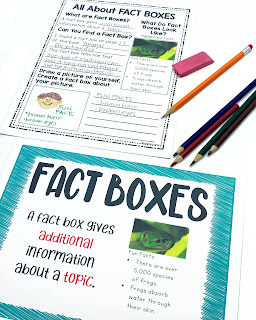
A Nonfiction Text Feature Freebie

YES, please send me these AWESOME Nonfiction Organizers
To avoid this email going to spam, you may want to sign-up using a non-school email account.
By providing your email, you are accepting future emails from Elementary Island. I promise to never sell your email or spam you!
Thank you!
Keep an eye on your inbox for a confirmation email from me 🙂
Don’t forget to check your spam folder and drag me to your inbox or add me to your contact list so you don’t miss out on all the goodies I’ll be sending over the next few weeks!
Save this idea!
